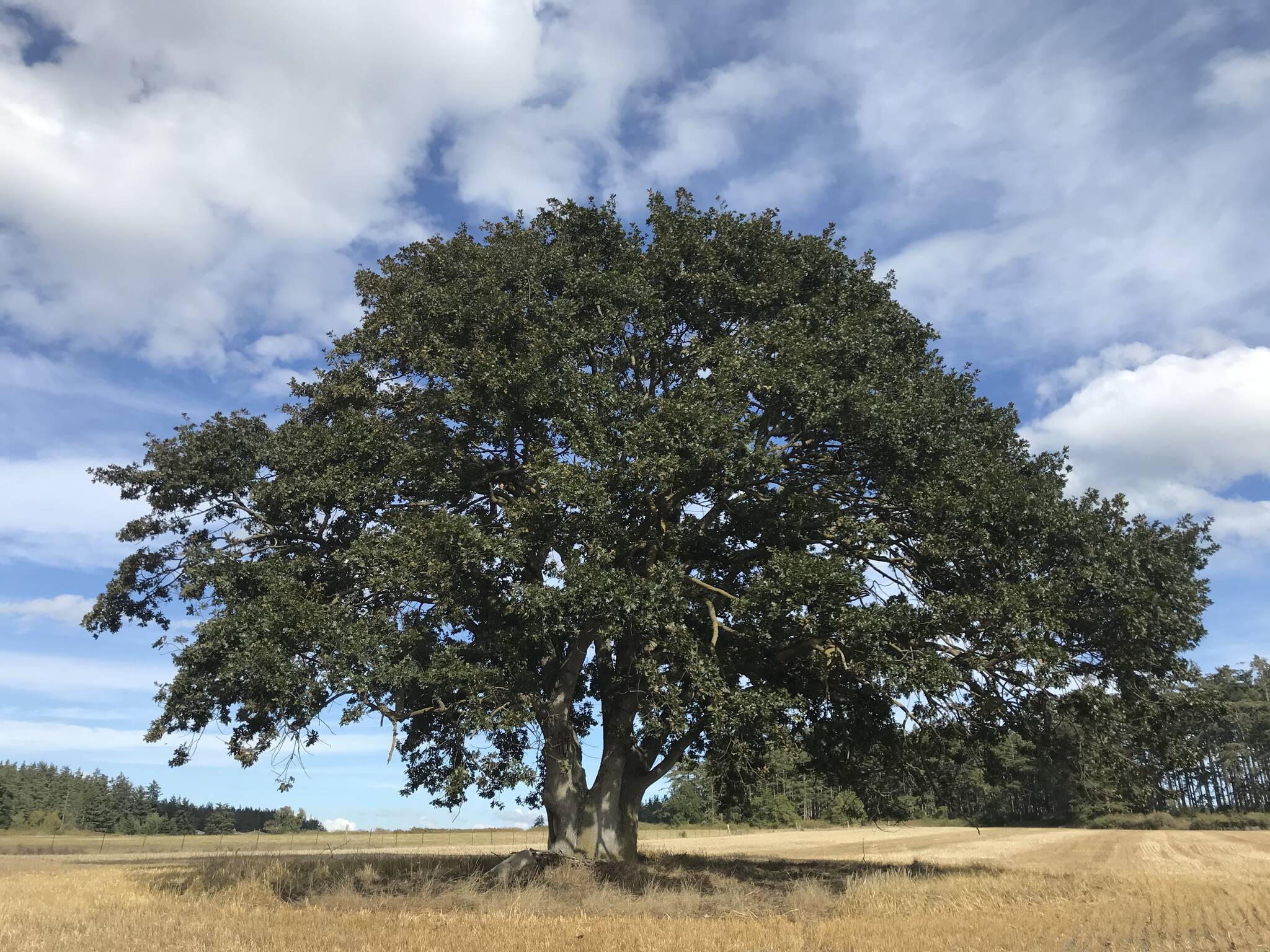People tend to think of Washington as the Evergreen State, but the Oak Harbor Garry Oak Society is educating future generations about the importance of the state’s only native oak tree.
The Garry Oak Society is hosting a hands-on exploration event for families with young children on Tuesday, June 21 at 3 p.m. at the Oak Harbor Library.
Laura Renninger is the president of the Oak Harbor Garry Oak Society, a nonprofit that started in 2015 and is staffed by local volunteers. The group’s mission is to educate people about Garry oak trees, plant new trees and conserve older ones. To do this, group members partner with many local entities such as the Oak Harbor and South Whidbey school districts, the Navy and the Whidbey Camano Land Trust.
“There aren’t enough juvenile trees to take the place of the old grandfather mature trees once those start to go and they are going. They’ve been going,” Renninger said when asked why the nonprofit was formed. “Actually nothing had been done to really take on that conservation role for decades. ”
In the summer of 1990, the Oak Harbor City Council passed the Garry Oak Protection Law due to efforts by people who were passionate about the trees such as Dorothy Neil, who wrote for the Whidbey News-Times. There was a housing shortage and Garry oaks were being cut down for new developments.
“Dorothy was a big Garry oak ambassador and did what she could during her lifetime to write about them and promote them,” Renninger said.
However, Renninger realized after a while that there were some loopholes in the law.
“So we lobbied for more prescriptive language in the Garry Oak Tree Code,” she said. “That also includes not letting English ivy go rampant in the trees because that will kill them as well.”
When the organization was first formed, it did an informal survey and discovered that only about 3% of the trees in Oak Harbor at the time were juvenile trees. Renninger realized that if they didn’t get busy planting trees, Oak Harbor might lose its namesake.
“People don’t realize how hard it is for an oak seedling to become established,” she said. “It’s easily preyed upon when the acorn first sprouts. It looks like a tiny little stick in the ground with maybe two leaves on it.”
The seedling can be easily eaten by animals or destroyed by lawn mowers and weed whackers.
“It takes human intervention, really, in our urban setting to keep these trees thriving,” she said.
Along with lobbying for enhanced protection, the group also plants new trees in as many places as possible.
“Every fall we glean acorns and we pot them and then we sell the seedings or donate the seedlings to whatever cause we’re working for,” she said.
The event on Tuesday is part of the outreach and education efforts.
“There’s no curriculum in the Oak Harbor School District that really educates the students about the importance of these trees,” Renninger said.
The Garry Oak Society works with local libraries and the school district libraries to purchase books about oak trees and has donated boxes filled with different oak specimens, such as acorns and leaves. Not all schools have Garry oaks on site so it provides a helpful visual and is a tactile learning tool, she said.
The library asked them to do a children’s program before the pandemic and now they’re finally able to do it.
The event is for young families and Renninger expects the average age of the children to be 6 or 7. The group will bring a baby oak tree and an oak limb with nesting cavities from woodpeckers, teach about the parts and lifecycle of the tree, and talk about why the trees are so important. If there’s time, they might grind up some acorns to be made into flour.
“Acorns are edible and people don’t even think of them as a food source,” she said. “We’re basically surrounded by a nut orchard.”
The Garry Oak Society views educating children on the trees as vital to ensuring Garry oaks are protected in the future.
“If you can appreciate your own backyard and your native landscape and come to really know it, then you will come to love it,” Renninger said. “And if you come to love it, then you will want to see it thrive and pass that onto future generations.”


